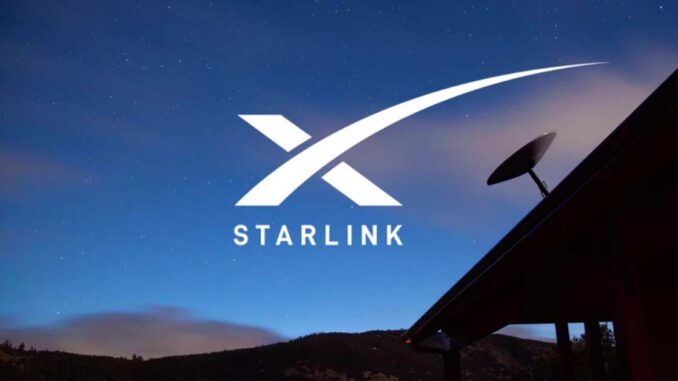
Starlink is a satellite constellation designed and operated by SpaceX to provide global high-speed internet access. Launched in 2018, the network aims to provide high-speed, low-latency internet connectivity to underserved areas around the world. With a rapidly expanding network, Starlink has the potential to revolutionize internet access, particularly in rural areas where traditional broadband internet services are not available or are unreliable.
The Starlink constellation consists of thousands of small, low-Earth orbit (LEO) satellites, which are placed in orbit at an altitude of around 550 kilometers. The satellites are equipped with advanced technologies, including laser links that allow them to communicate with one another, and advanced onboard processors that enable them to adjust their orbits and maintain their position in the sky.
The Starlink network is designed to provide low-latency, high-speed internet access to users around the world. Because the satellites are placed in low-Earth orbit, they are able to transmit data with lower latency than traditional satellite internet services. This low latency makes the service ideal for applications that require fast data transfer speeds, such as online gaming, video streaming, and video conferencing.
In addition to providing high-speed internet access to consumers, Starlink is also being used to connect remote areas, such as military bases, research stations, and other critical infrastructure. This connectivity can improve communication and coordination between these facilities and can also enable the delivery of critical services, such as medical care and emergency response.
One of the key benefits of Starlink is its ability to provide internet access to areas where traditional broadband services are not available or are unreliable. In many rural areas around the world, broadband internet services are either not available or are too slow to support modern applications. Starlink has the potential to bridge this digital divide, providing high-speed internet access to these underserved areas and enabling economic growth and development.
Starlink has faced criticism from some astronomers and scientists who are concerned about the impact of the constellation on astronomical observations and research. The bright satellites can interfere with observations of the night sky and could potentially disrupt important scientific research. However, SpaceX has taken steps to mitigate these concerns, including developing a new coating for the satellites that makes them less reflective and reducing the brightness of the satellites.
Overall, Starlink has the potential to revolutionize internet access around the world, particularly in underserved rural areas. With its low-latency, high-speed connectivity and rapidly expanding network, the service is poised to become a major player in the global telecommunications market. While there are concerns about the impact of the constellation on astronomical observations, SpaceX is working to address these issues and ensure that the benefits of Starlink are realized without compromising important scientific research.

Leave a Reply